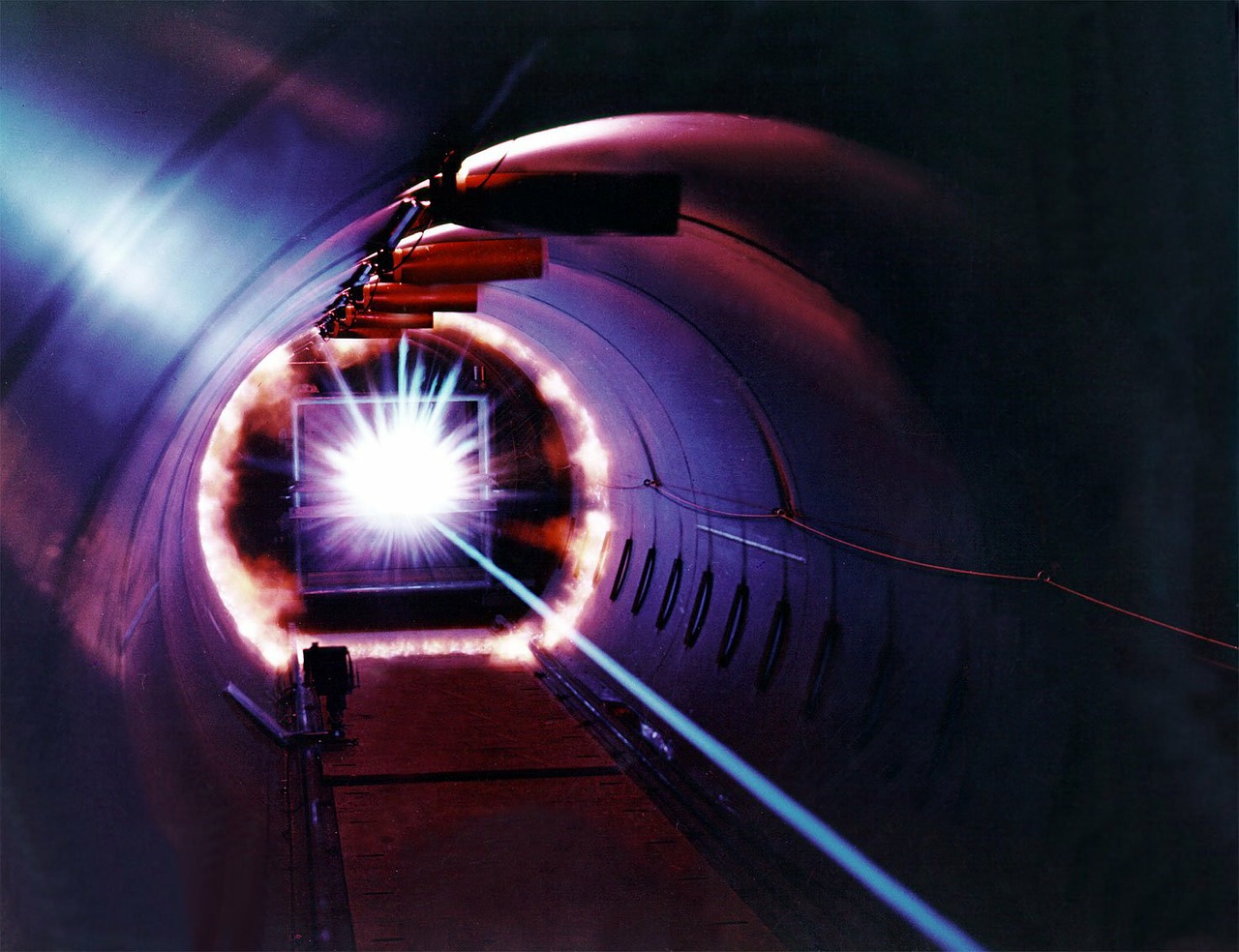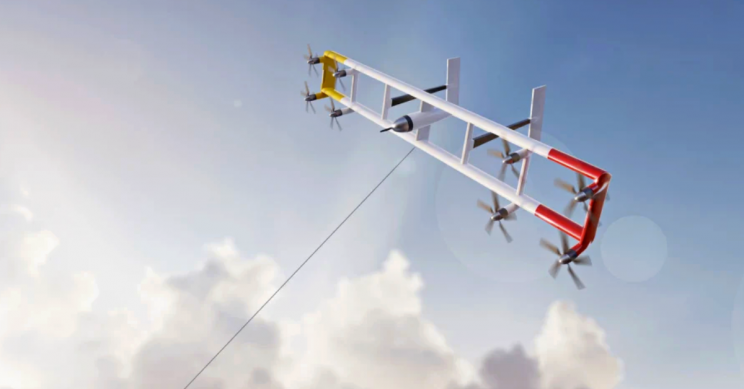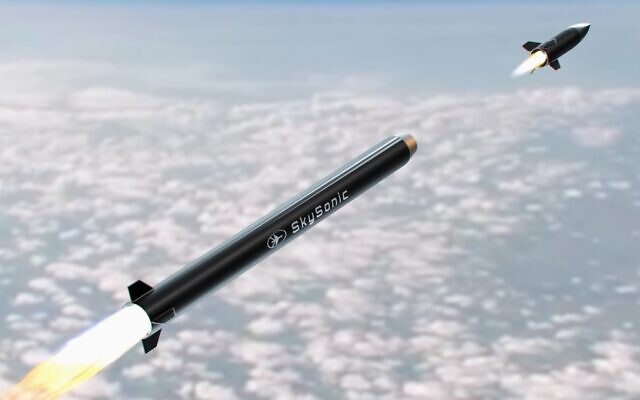The US military has been working on laser weapons for many years as a potential big leap in military technology. The U.S. Defense giant Lockheed Martin recently tested a new laser weapon that boasts an impressive 300-kilowatt power output. The laser is powerful enough to destroy enemy missiles, rockets, drones, and artillery shells.
While the US is spending billions of dollars on laser weapons, the Chinese have found a low-cost way to counter these laser-based weapons.
Chinese researchers at the Beijing Institute of Technology are utilizing inexpensive boron phenolic resin (BPR), a widely used material, to counter the costly laser weapons developed by the US.
China happens to be the largest global manufacturer of BPR, producing 2.2 pounds (one kg) of this material for a mere seven yuan (US$1).
BPR is a cost-effective resin used in high-stress industrial environments, and it also finds military applications as a heat protection layer. However, laser weapons pose a threat to this coating.
To address this, researchers at the Beijing Institute of Technology developed a composite called BPR-1 by incorporating inorganic compounds like silicon carbide, zirconium dioxide, and carbon black nanopowder into the resin.
The Chinese research has the potential to significantly disrupt US plans and strategies.
In experiments, a 0.1-inch (2.5 mm) coating of the new resin withstood a 15-second blast from a highly intense laser. The power density of the laser was 500 watts per sq. cm, which is far more intense than the 300-kilo-watt laser weapons of the US military.
After the 15-second test, the coating exhibited a surface temperature below the melting point of aerospace-grade aluminum.







